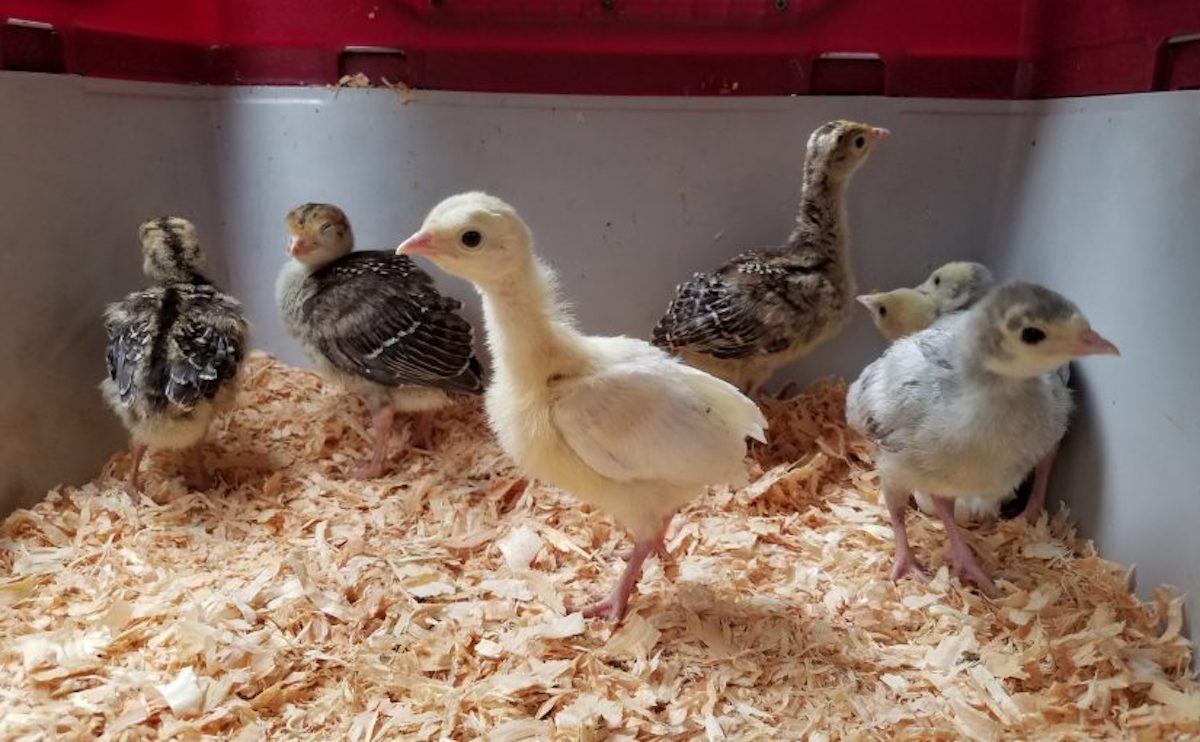

Furniture
How Long Do Baby Turkeys Need A Heat Lamp
Modified: January 3, 2024
Discover how long baby turkeys need a heat lamp and ensure their safety and comfort with proper furniture for their brooding area.
(Many of the links in this article redirect to a specific reviewed product. Your purchase of these products through affiliate links helps to generate commission for Storables.com, at no extra cost. Learn more)
Introduction
Welcome to our informative guide on how long baby turkeys need a heat lamp! If you are raising baby turkeys, commonly known as poults, it is important to provide them with the right environment to thrive. One crucial element in keeping your poults healthy and comfortable is the use of a heat lamp.
In this article, we will explore the significance of providing a heat lamp for baby turkeys, discuss the factors that influence the duration of heat lamp usage, and help you determine when it is appropriate to remove the heat lamp. So, let’s dive in and learn more about this important aspect of turkey rearing!
Key Takeaways:
- Baby turkeys need a heat lamp to maintain optimal temperature, stimulate growth, prevent cold stress, and promote activity. Factors like age, outdoor temperature, and behavior influence the duration of heat lamp usage.
- Gradually decrease heat lamp usage by adjusting height and wattage, introducing additional heat sources, and monitoring poult behavior. Consult experts for personalized guidance on heat lamp usage.
Read more: How Long Do Baby Ducks Need A Heat Lamp
Overview of Baby Turkeys
Before we delve into the details of heat lamps, let’s first understand a bit about baby turkeys. Baby turkeys, or poults, are hatched from eggs and require special care during their early days of life. They are delicate creatures and need the right conditions to grow into strong and healthy turkeys.
When poults are born, they are covered in soft down feathers that provide them with some insulation. However, their ability to regulate their body temperature is not fully developed, making them vulnerable to temperature fluctuations. This is where a heat lamp becomes crucial.
Poults rely on external heat sources, such as a heat lamp, to maintain their body temperature until they are capable of doing so on their own. Without the proper heat, they may become cold, which can lead to a weakened immune system, reduced growth rate, and even mortality.
It is important to note that the heat requirements of baby turkeys differ from those of adult turkeys. While adult turkeys can handle a wider range of temperatures, poults need a warm and consistent environment to thrive.
Now that we have a basic understanding of baby turkeys, let’s explore why a heat lamp is essential for their well-being.
The Importance of a Heat Lamp
A heat lamp plays a critical role in creating a warm and comfortable environment for baby turkeys. Here are some key reasons why a heat lamp is important:
- Maintaining Optimal Temperature: As mentioned earlier, baby turkeys are unable to regulate their body temperature effectively. A heat lamp provides the necessary warmth to mimic the conditions under a mother turkey’s protective wings. By maintaining a consistent temperature range, typically around 95°F (35°C) during the first week, the heat lamp helps poults feel secure and promotes their overall health.
- Stimulating Growth and Development: Adequate warmth is crucial for the growth and development of baby turkeys. The heat provided by the lamp helps poults digest their food more efficiently, enabling essential nutrients to be absorbed effectively. This allows them to grow stronger and healthier, setting a solid foundation for their future development.
- Preventing Cold Stress: Cold stress is a significant risk for baby turkeys, especially during the first few weeks of life. Without a heat lamp, poults may struggle to maintain their body temperature, leading to cold stress. This condition can weaken their immune system, making them more susceptible to diseases and infections.
- Promoting Activity and Exploration: A warm and cozy environment encourages poults to be more active and curious. When they feel comfortable and secure, they are more likely to explore their surroundings, forage for food, and engage in natural behaviors. This promotes their physical and cognitive development.
- Reducing Feather Pecking: Feather pecking, where poults peck at each other’s feathers, can be a concern in turkey brooders. The stress caused by improper temperature regulation can contribute to this behavior. Maintaining a suitable temperature with the help of a heat lamp can help minimize feather pecking and promote a harmonious brooder environment.
Now that we understand why a heat lamp is crucial for baby turkeys, let’s explore the factors that affect the duration of heat lamp usage.
Factors Affecting Duration of Heat Lamp Use
The duration of heat lamp usage for baby turkeys can vary depending on several factors. Here are some key factors that influence how long you should keep the heat lamp on:
- Age of the Poults: The age of the poults is a primary determinant of heat lamp duration. Younger poults require more warmth as they have less developed thermoregulation abilities. As they grow older, their ability to regulate body temperature improves, and the dependence on the heat lamp reduces.
- Outdoor Temperature: The ambient temperature in the rearing environment plays a significant role in determining the duration of heat lamp use. If the outdoor temperature is colder, poults will require the heat lamp for a longer duration. On the other hand, in warmer climates, the need for the heat lamp may decrease sooner.
- Number of Poults: The number of poults you are raising can impact the heat lamp duration. The more poults you have, the more heat they generate collectively. This heat generated by the poults themselves can help maintain the overall temperature in the brooder, potentially reducing the reliance on the heat lamp sooner.
- Brooder Size and Ventilation: The size of the brooder and the effectiveness of its ventilation system can influence the duration of heat lamp usage. A larger brooder with proper ventilation may require the heat lamp to be used for a shorter duration compared to a smaller, enclosed brooder.
- Behavior and Feathers: Pay attention to the behavior of the poults and the development of their feathers. If they are active, exploring their environment, and have well-developed feathers, it is a positive sign that they are adapting well to their surroundings. It may indicate that they are ready for a gradual decrease in heat lamp usage.
Remember, it is important to closely monitor the poults and adjust the heat lamp usage accordingly based on these factors. But how do you determine when it is appropriate to remove the heat lamp completely? Let’s find out in the next section.
Baby turkeys, or poults, need a heat lamp for the first 6 weeks of their life to maintain a temperature of 95-100°F. Gradually reduce the heat as they grow feathers and become more independent.
Determining When to Remove the Heat Lamp
Deciding when to remove the heat lamp for baby turkeys requires careful observation and consideration of various factors. Here are some guidelines to help you determine the right time:
- Feather Development: As the poults grow, they will develop feathers that provide better insulation and help regulate body temperature. Once the majority of the feathers have grown in, and they appear well-covered, it indicates that they are becoming more capable of maintaining their body heat.
- Activity Level: Watch the poults’ behavior and activity level. If they are active, moving around, and foraging without huddling together constantly, it suggests that they are comfortable and adjusting well to the ambient temperature. This can indicate their readiness for a decrease in heat lamp usage.
- Outdoor Temperature: Consider the seasonal changes and outdoor temperature. If the weather is mild and the outdoor temperature is within a range that adult turkeys can comfortably handle, it may be an appropriate time to remove the heat lamp.
- Gradual Reduction: Instead of removing the heat lamp abruptly, it is advisable to gradually decrease its usage. Start by raising the heat lamp higher or lowering the wattage to provide a slightly cooler environment. Monitor the poults’ response and continue adjusting until they no longer depend on the heat lamp.
- Consulting Experts: If you are unsure about when to remove the heat lamp, consider seeking advice from experienced turkey breeders or consulting a veterinarian. They can provide personalized guidance based on the specific needs and conditions of your poults.
Remember, the goal is to create a smooth transition for the poults as they become more independent in maintaining their body temperature. By closely monitoring their development and adjusting the heat lamp usage accordingly, you can ensure their well-being and a successful transition to their next stage of growth.
Now that you know when to remove the heat lamp, let’s explore some signs that indicate the poults have become less dependent on it.
Read more: How Long Do Quail Need A Heat Lamp
Signs of Heat Lamp Dependence
As you monitor the development of your baby turkeys, there are several signs that can indicate their dependence on the heat lamp. Recognizing these signs will help you determine if they still require the warmth provided by the heat lamp. Here are some common signs of heat lamp dependence:
- Huddling: If the poults are constantly huddled together directly under the heat lamp, it suggests they still rely on it for warmth. Huddling behavior is a way for them to maintain body heat and indicates that they are not yet capable of regulating their own temperature.
- Lethargy: Poults that appear lethargic or lack energy may still require the heat lamp. Cold temperatures can sap their energy, making them less active. If they are not actively moving and exploring their surroundings, it may be a sign that they are unable to generate enough warmth on their own.
- Seeking Direct Heat: If the poults are consistently positioned directly under the heat lamp, rather than spending time away from it, it suggests that they are seeking warmth and are not yet ready to venture away from the heat source.
- Chirping or Distress Vocalizations: Poults that constantly vocalize in distress or emit high-pitched chirping sounds may be indicating that they are cold and in need of the heat lamp for comfort and survival.
- Shivering: If you observe poults exhibiting shivering movements or visible trembling, it is a clear sign that they are experiencing cold stress. Shivering is their way of generating heat to combat the cold, indicating that they still rely heavily on the heat lamp.
It is essential to closely observe the behavior and condition of the poults to gauge their heat lamp dependence accurately. Once you see the signs of reduced heat lamp dependence, you can gradually decrease its usage as we discussed earlier.
Next, we will explore how to implement a gradual decrease in heat lamp usage to ensure a smooth transition for the poults.
Gradual Decrease in Heat Lamp Usage
When the time comes to reduce the usage of the heat lamp for your baby turkeys, it is important to proceed gradually to ensure their comfort and well-being. By implementing a gradual decrease in heat lamp usage, you can help the poults acclimate to the changing conditions smoothly. Here are some steps to follow:
- Adjust the Height: Start by raising the heat lamp higher above the brooder. This will decrease the intensity of the heat while still providing some warmth to the poults. By gradually increasing the distance between the heat lamp and the poults, you allow them to adjust to a slightly cooler environment.
- Lower the Wattage: If your heat lamp allows for it, reduce the wattage gradually. This will further decrease the heat output while maintaining a comfortable temperature for the poults. Monitor their behavior closely throughout this process to ensure they are adapting well to the changes.
- Introduce Additional Heat Sources: To compensate for the reduced heat from the lamp, you can introduce additional heat sources in the brooder. This can include radiant heaters or heat pads specifically designed for poultry. These supplemental heat sources can distribute heat evenly and help the poults transition to relying less on the heat lamp.
- Monitor Behavior and Body Condition: Keep a close eye on the poults’ behavior and physical condition during the gradual decrease in heat lamp usage. Make sure they are active, exploring their environment, and displaying healthy feathers. If you notice any signs of discomfort or cold stress, adjust the heat lamp or supplemental heat sources accordingly.
- Remove the Heat Lamp: Once the poults have successfully adjusted to the gradual decrease in heat lamp usage and are comfortable without it, it is time to remove the heat lamp completely. However, ensure that they are in an environment with a suitable temperature range for adult turkeys.
Remember, every brooder and flock is unique, and the timeline for decreasing heat lamp usage may vary. Pay attention to the behavior and response of your poults throughout the process, and adjust your approach accordingly.
Now that you have a better understanding of how to implement a gradual decrease in heat lamp usage, let’s summarize the key points we have covered.
Conclusion
Understanding how long baby turkeys need a heat lamp is essential for their proper development and well-being. The use of a heat lamp provides the necessary warmth and creates a comfortable environment for poults to thrive. It aids in maintaining their body temperature, stimulating growth, preventing cold stress, and promoting their activity and exploration.
Several factors influence the duration of heat lamp usage, including the age of the poults, outdoor temperature, brooder size, and behavior. By closely monitoring these factors, you can determine when to remove the heat lamp and gradually decrease its usage, ensuring a smooth transition for the poults.
It is important to be mindful of signs of heat lamp dependence, such as huddling, lethargy, and seeking direct heat. These signs indicate that the poults still rely on the heat lamp for warmth and comfort. As they grow older and develop feathers, become more active, and show signs of reduced dependence, it is an indication that they are ready for a gradual decrease in heat lamp usage.
Implementing a gradual decrease involves adjusting the height and wattage of the heat lamp, introducing additional heat sources, and closely monitoring the poults’ behavior and body condition. Once they have adjusted successfully, and are comfortable without the heat lamp, it can be removed completely.
Remember, each poult and brooder is unique, so it is important to observe and adapt the heat lamp usage to the specific needs of your flock. Consulting experienced turkey breeders or veterinarians can provide valuable guidance and support throughout the process.
Providing the right conditions for baby turkeys is crucial to their healthy growth and development. By understanding and implementing appropriate heat lamp usage, you are setting the stage for strong, thriving turkeys that will bring joy and satisfaction to your poultry raising endeavors.
Frequently Asked Questions about How Long Do Baby Turkeys Need A Heat Lamp
Was this page helpful?
At Storables.com, we guarantee accurate and reliable information. Our content, validated by Expert Board Contributors, is crafted following stringent Editorial Policies. We're committed to providing you with well-researched, expert-backed insights for all your informational needs.
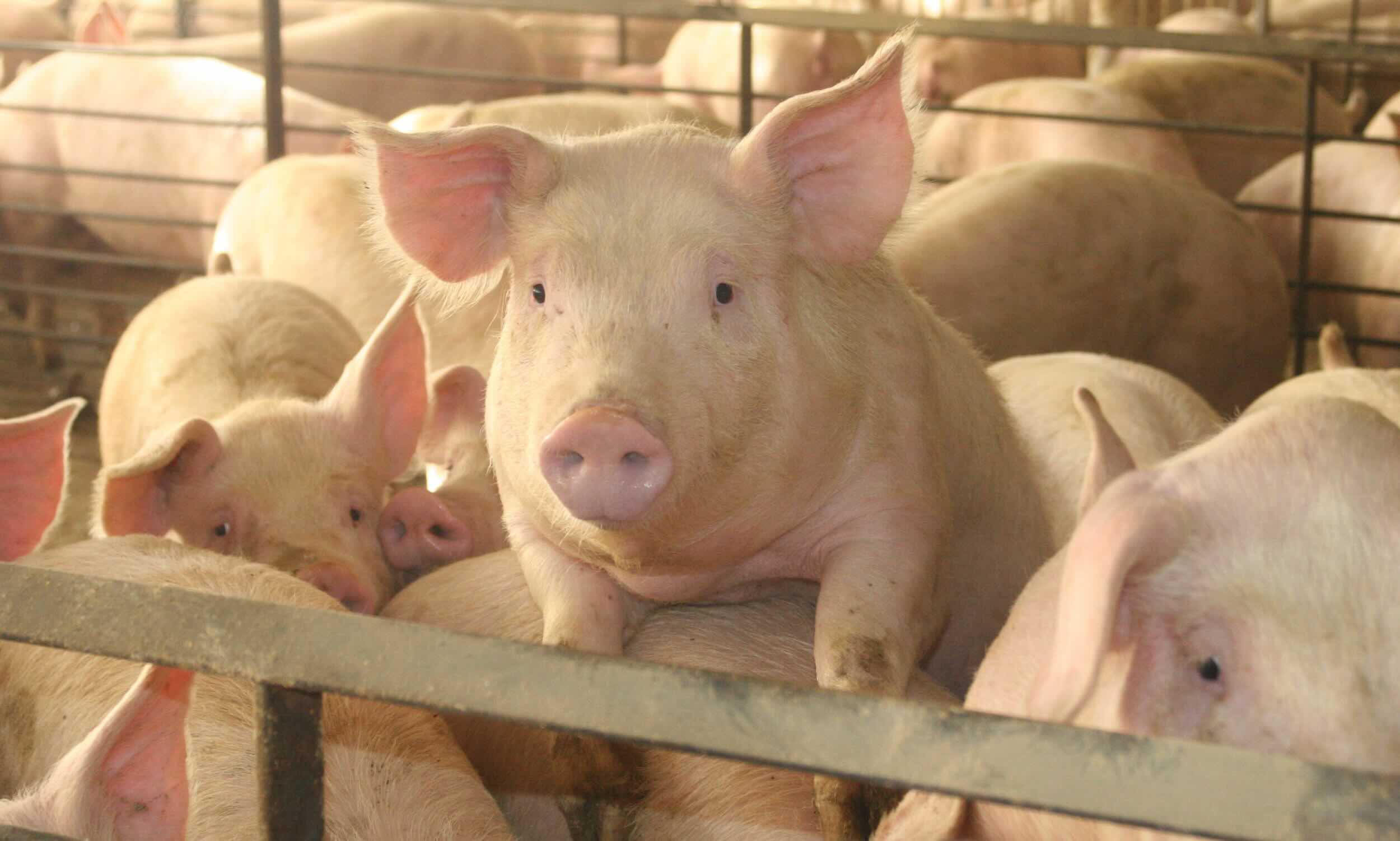
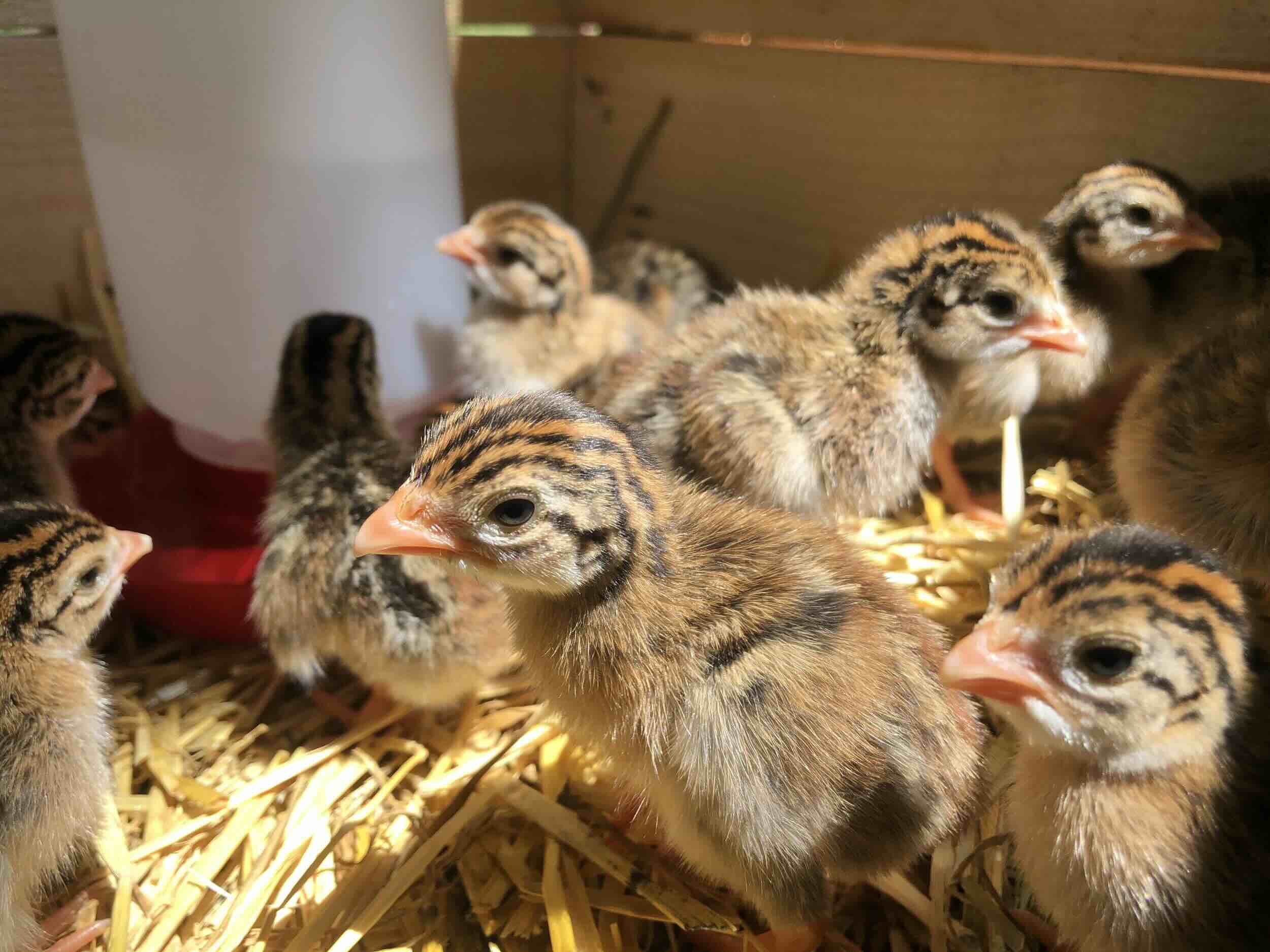
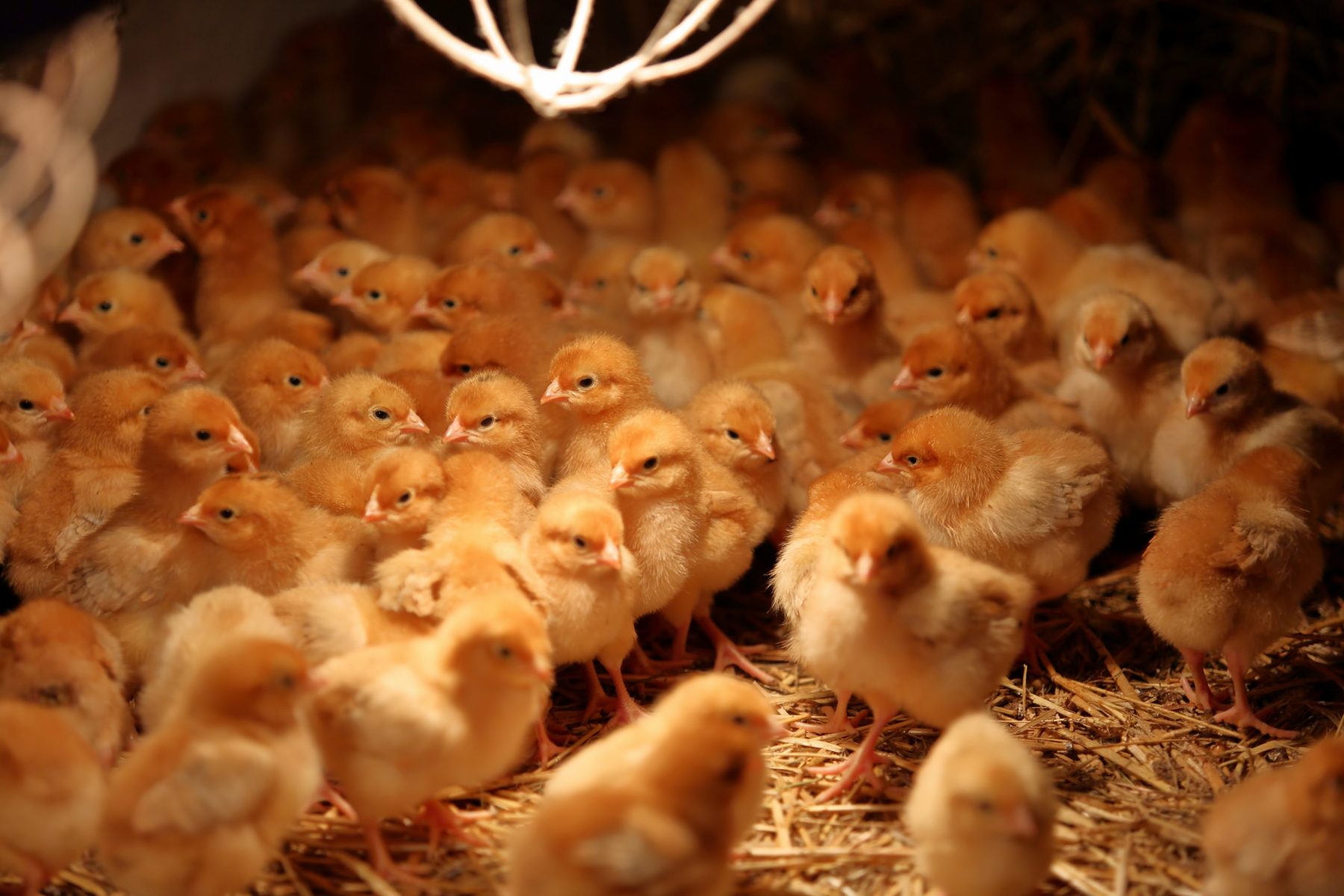
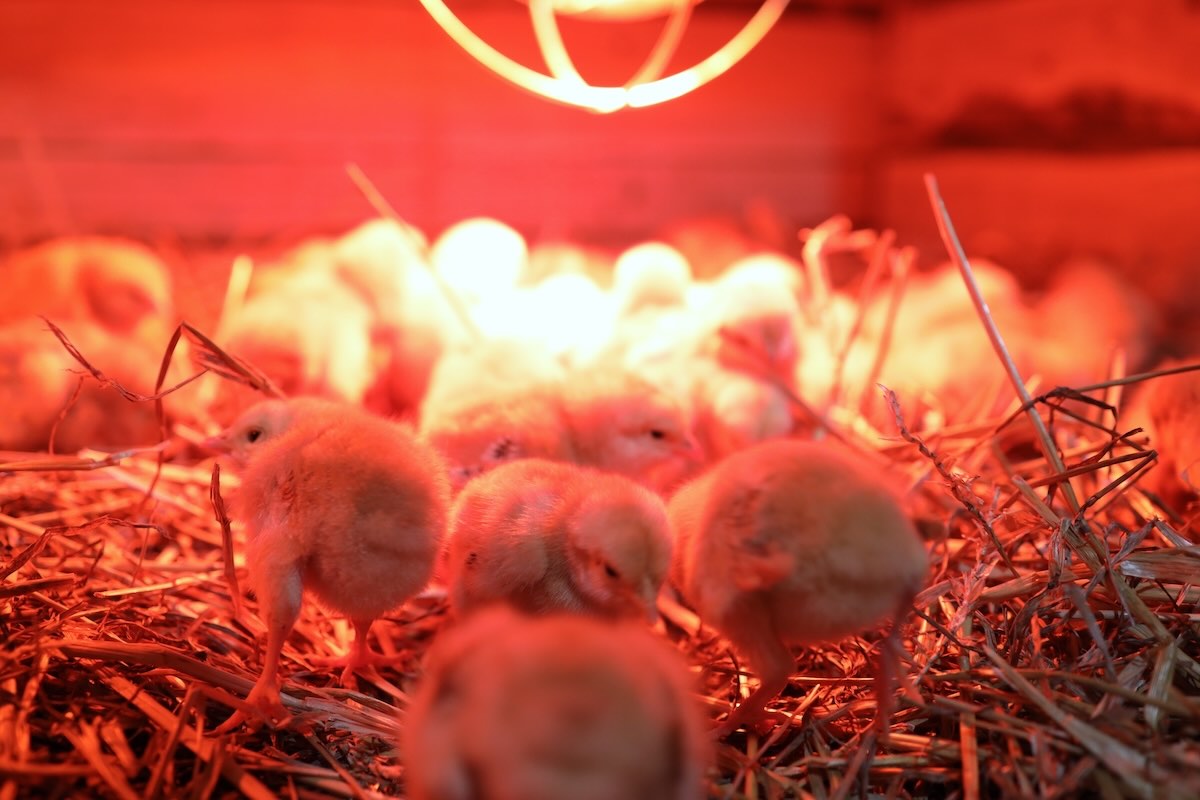
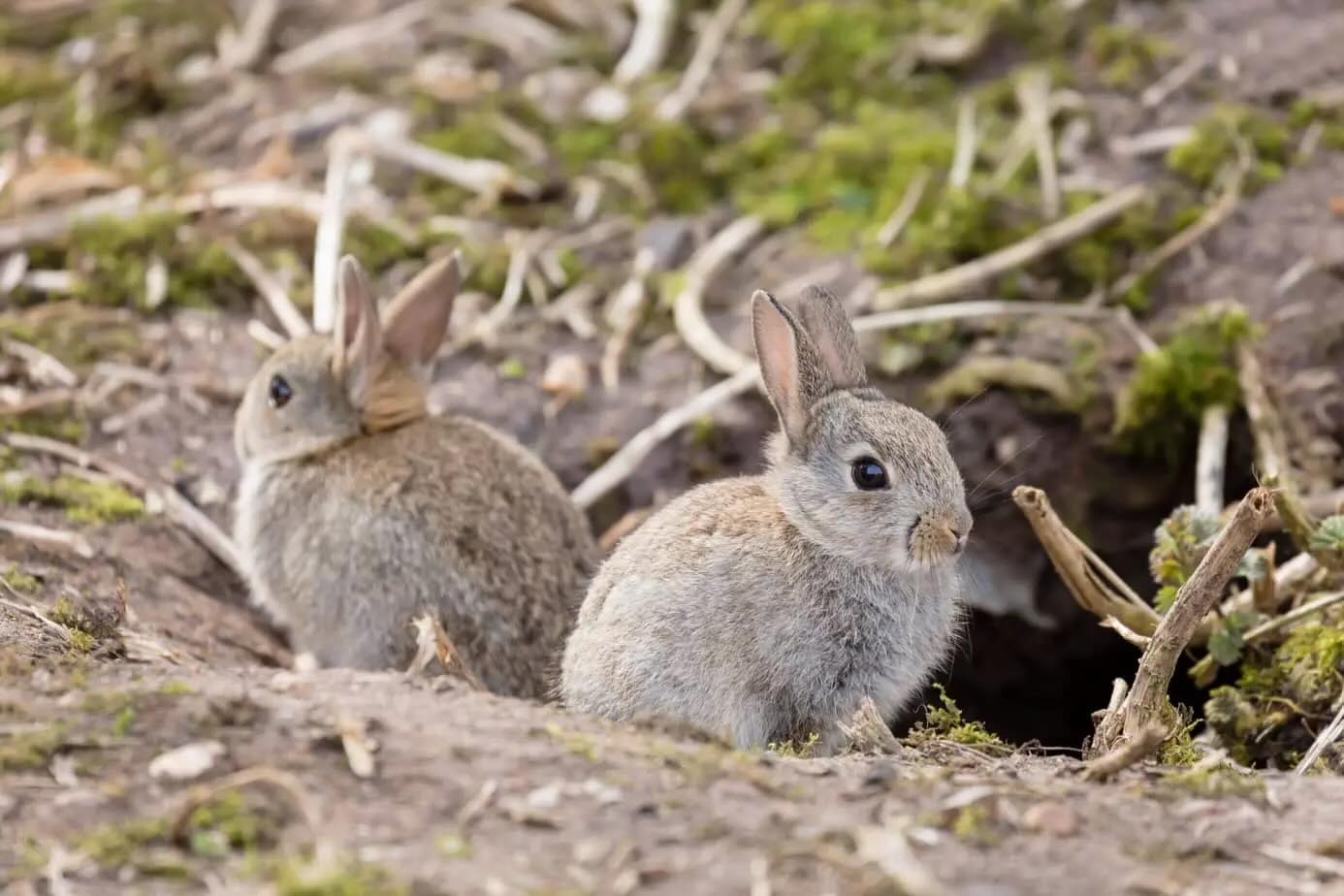
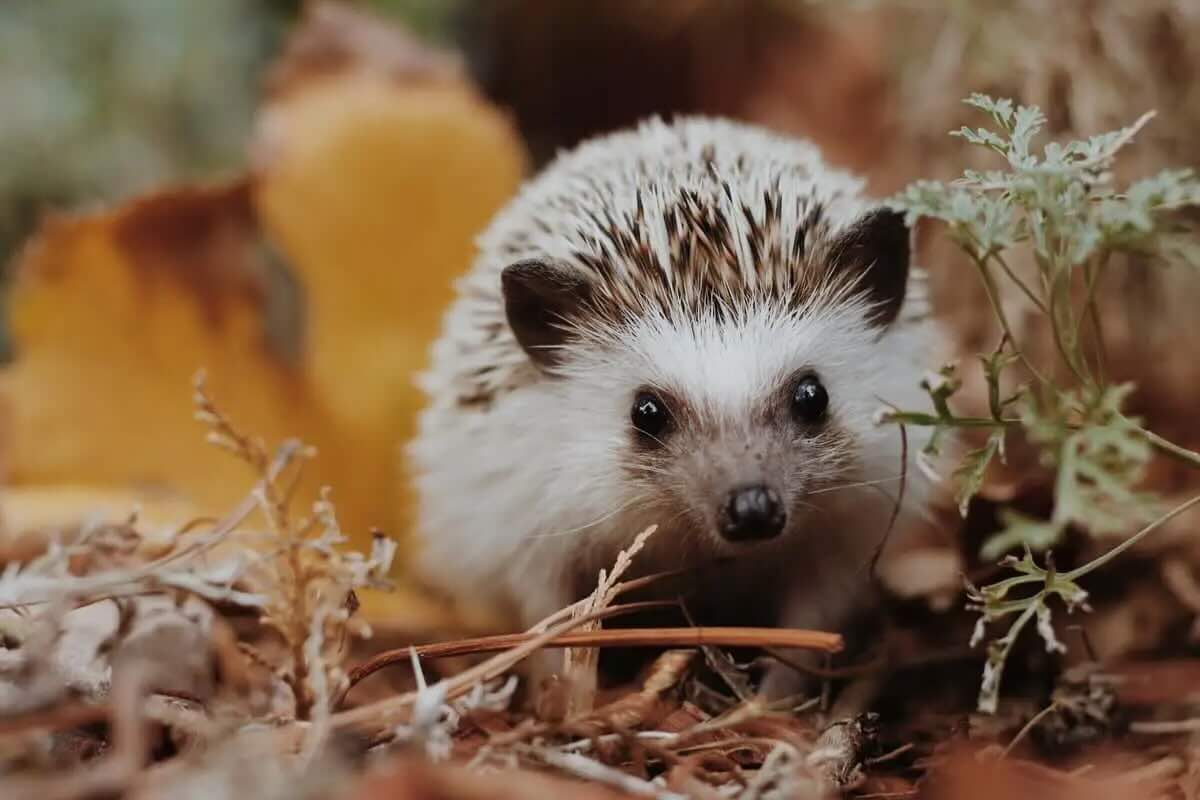
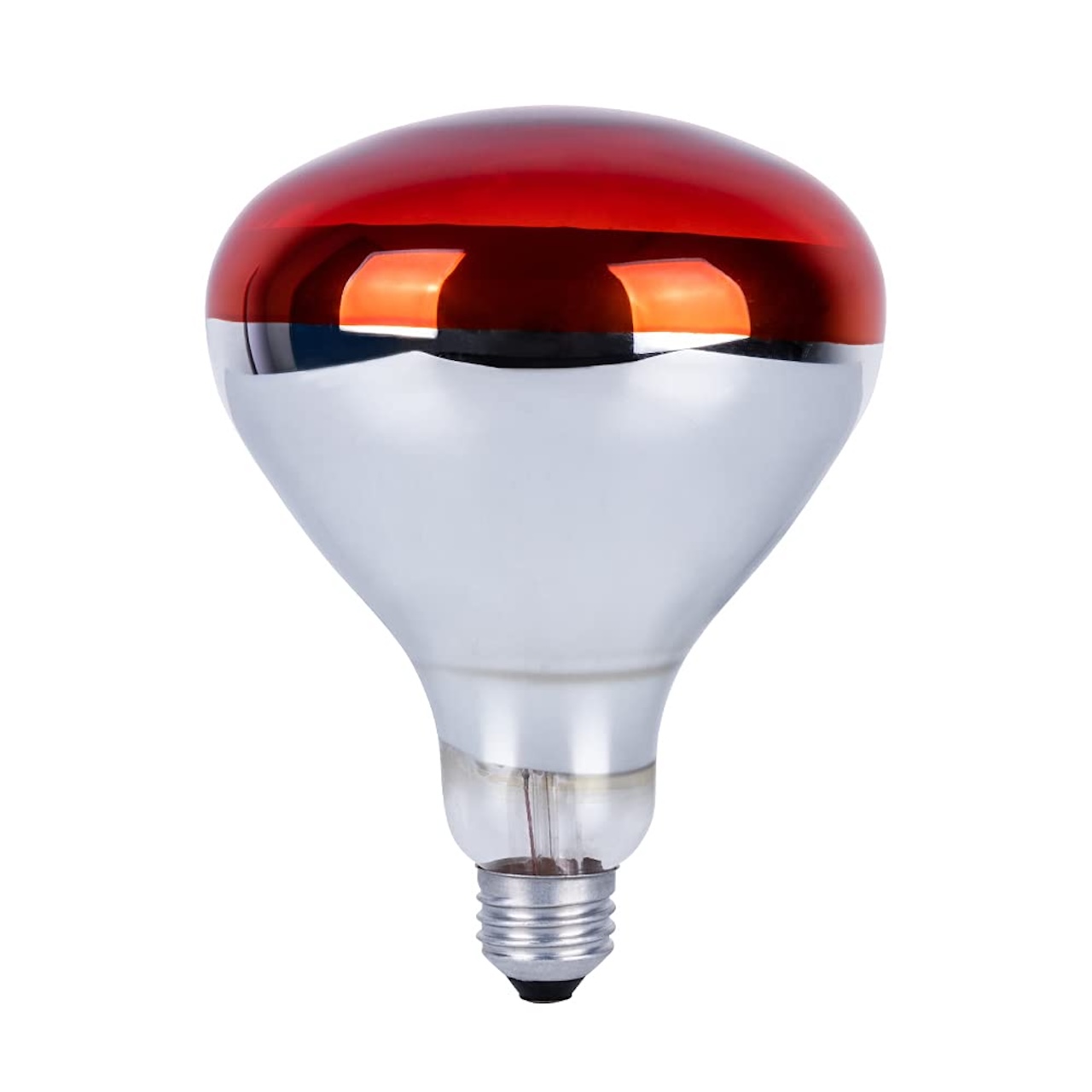
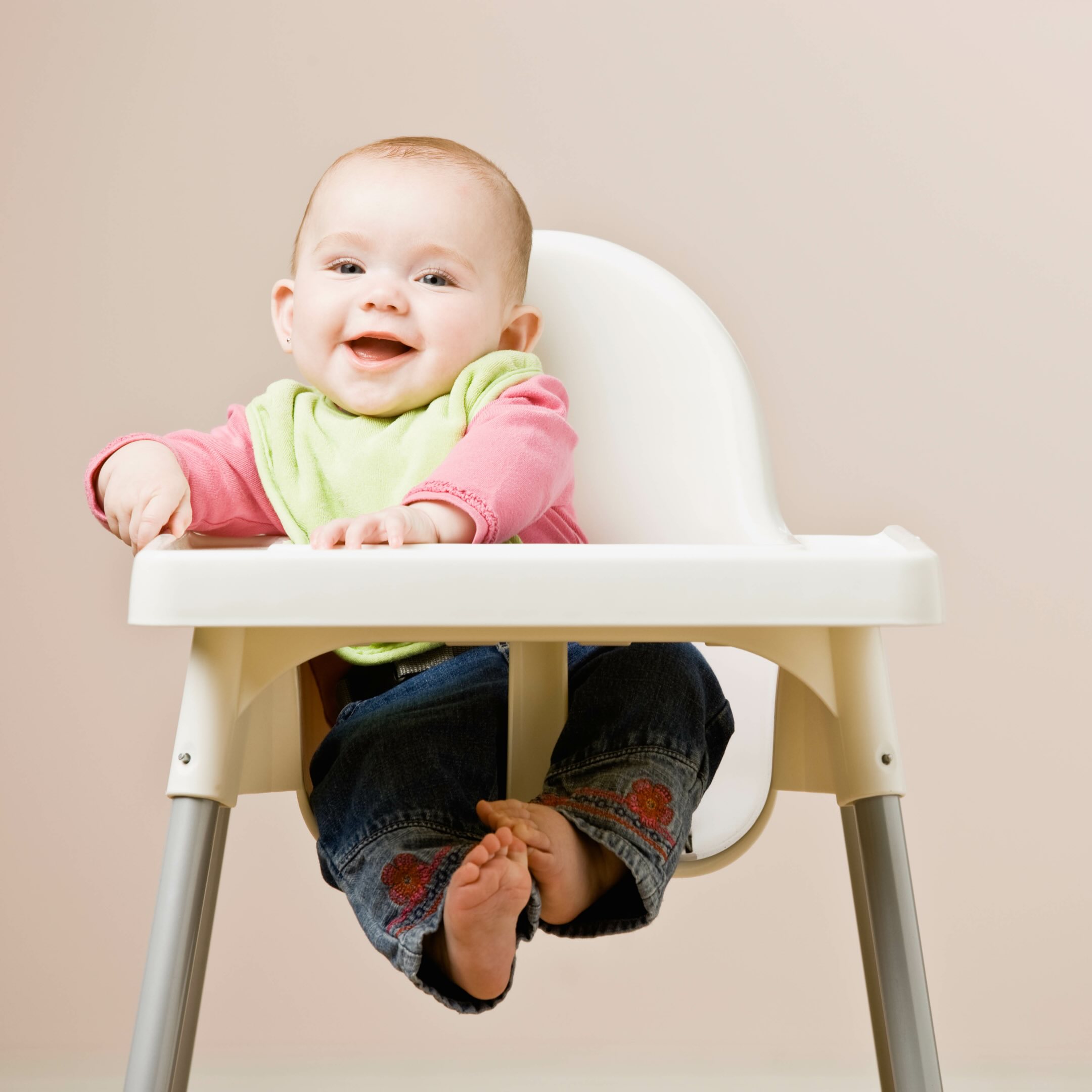
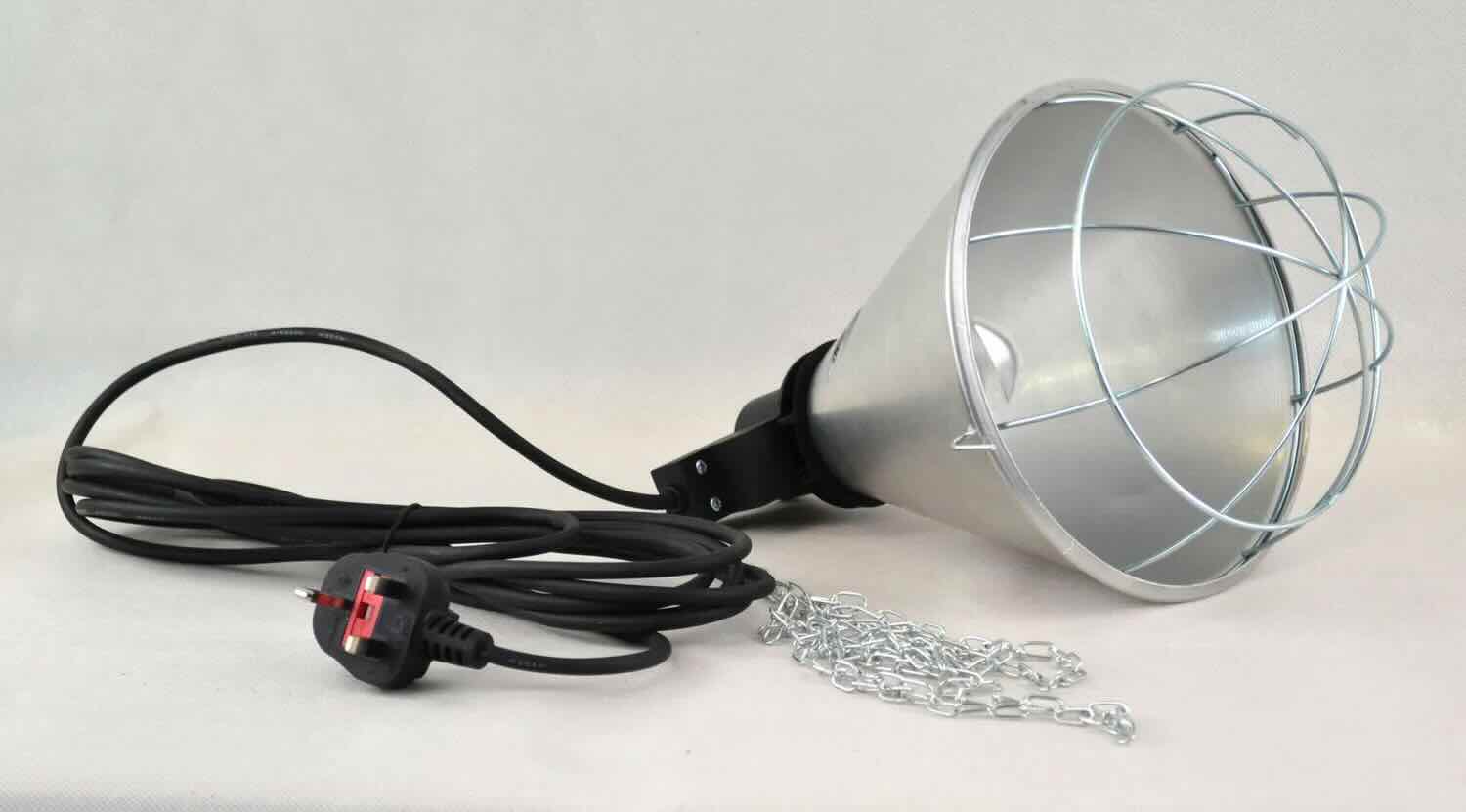

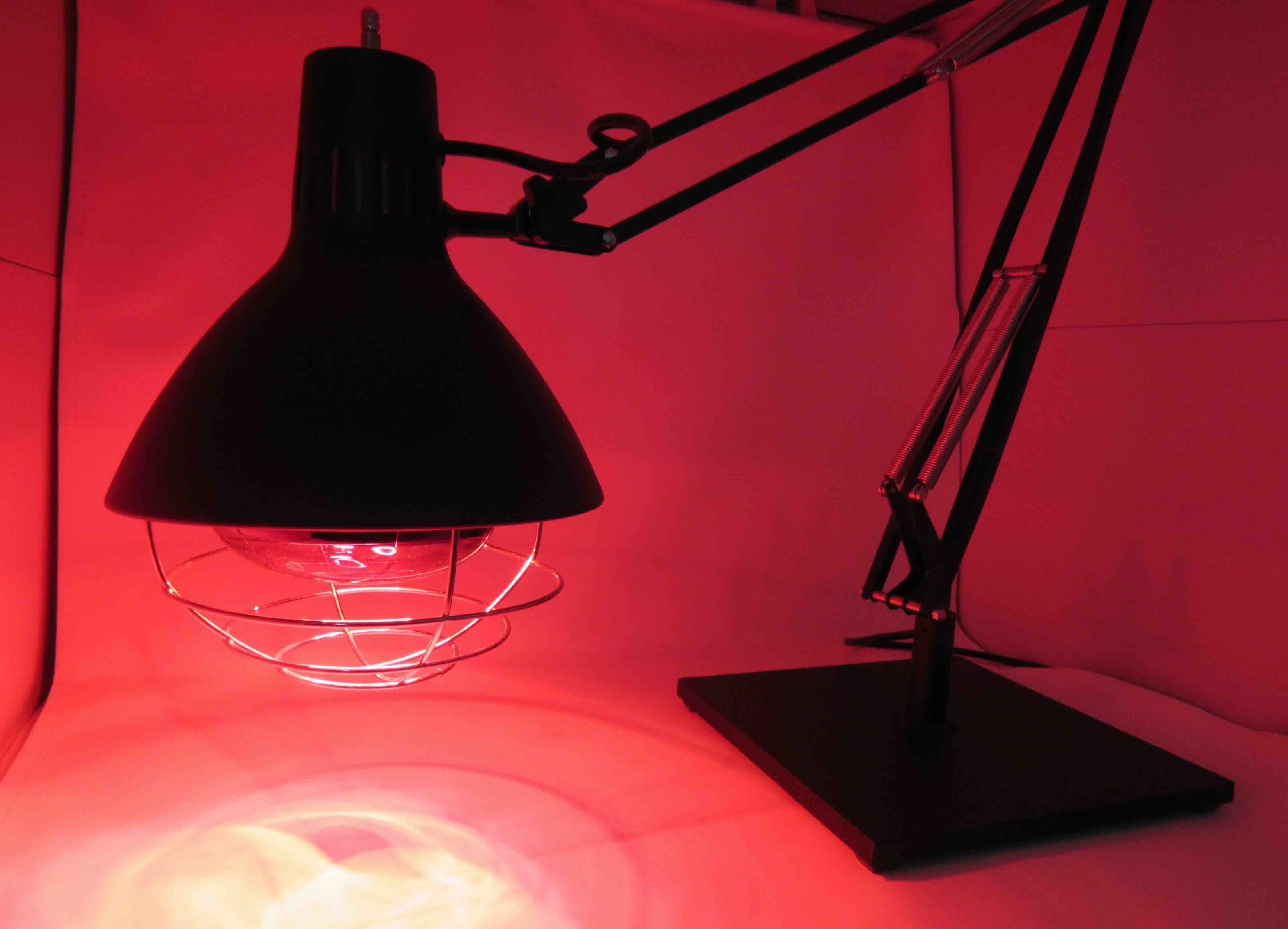
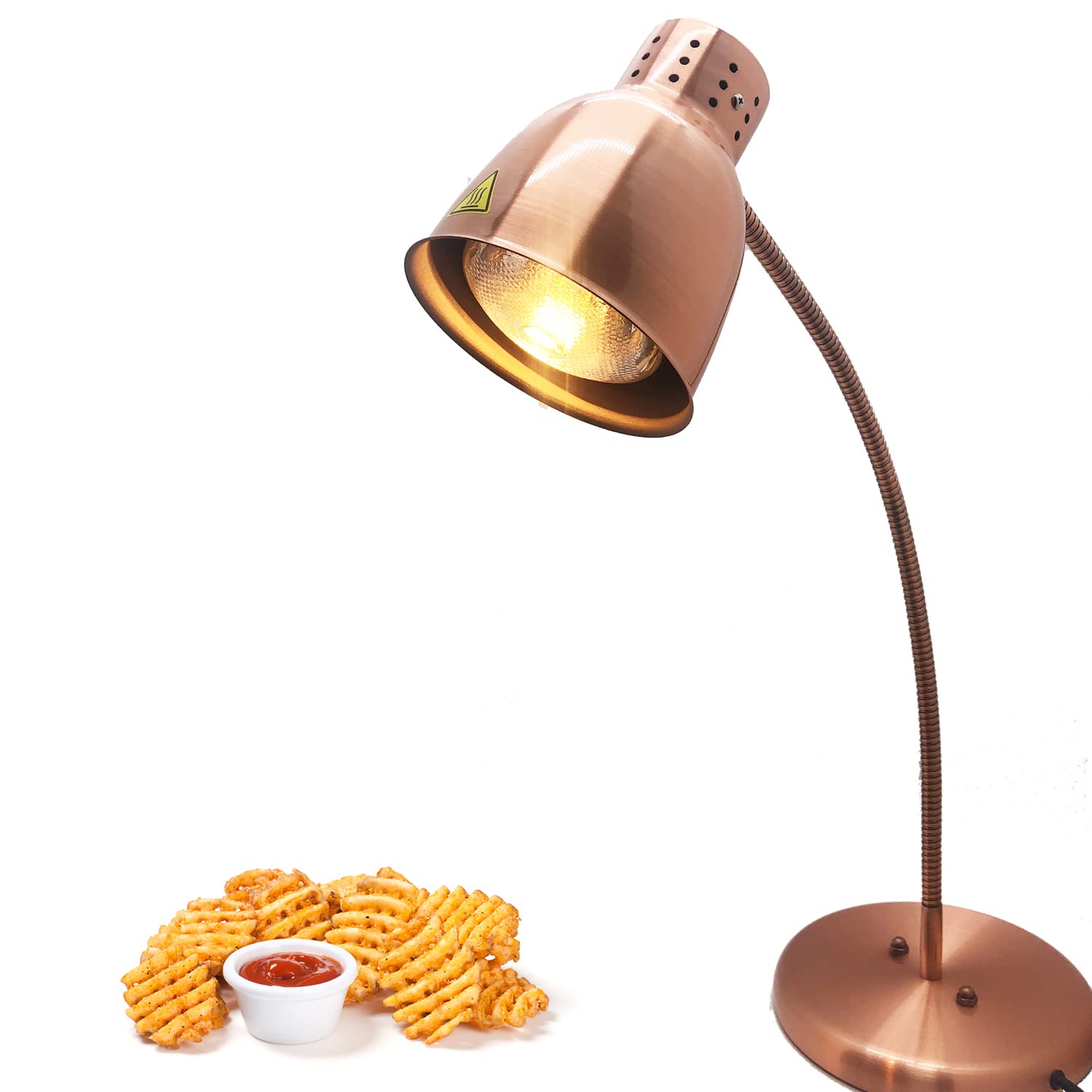
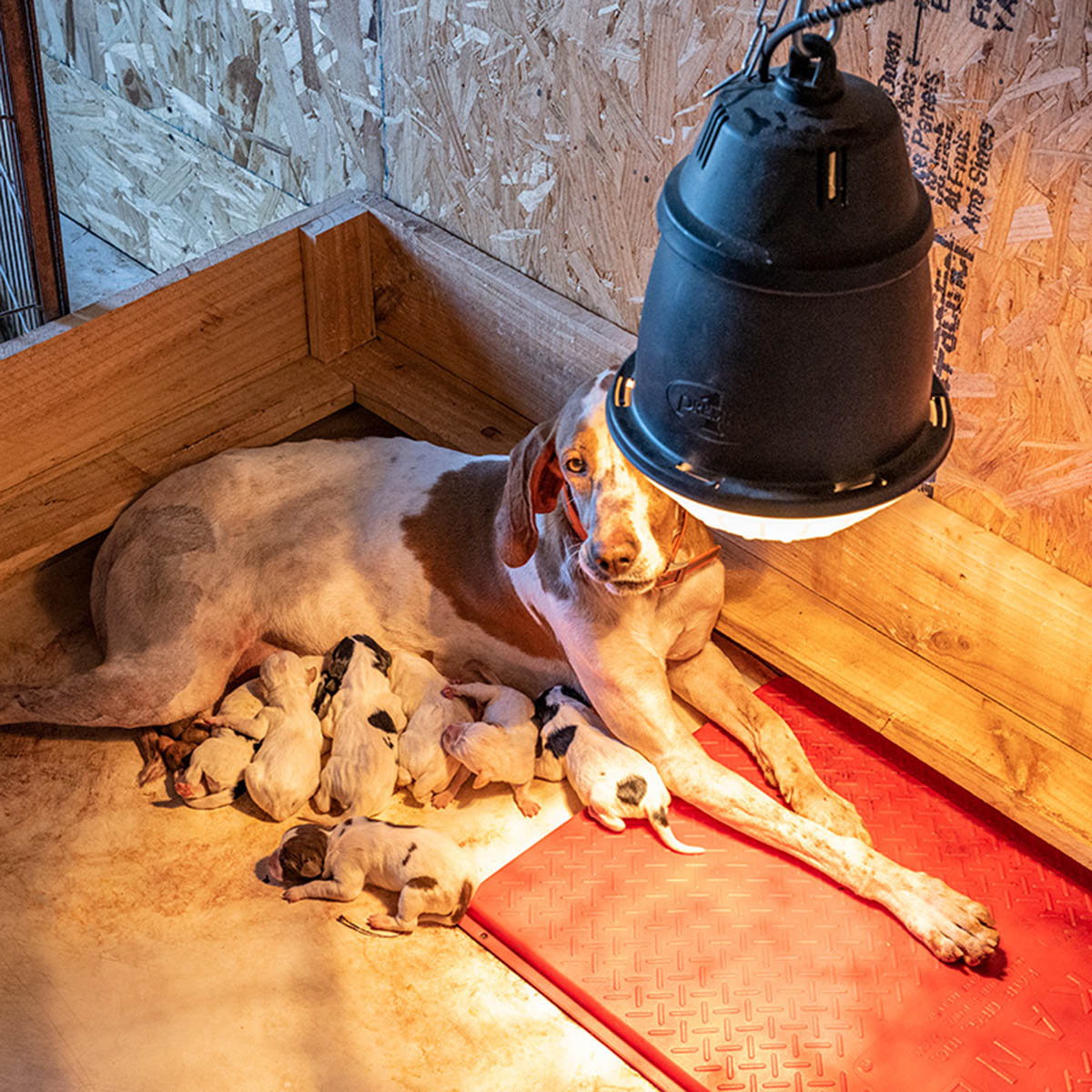
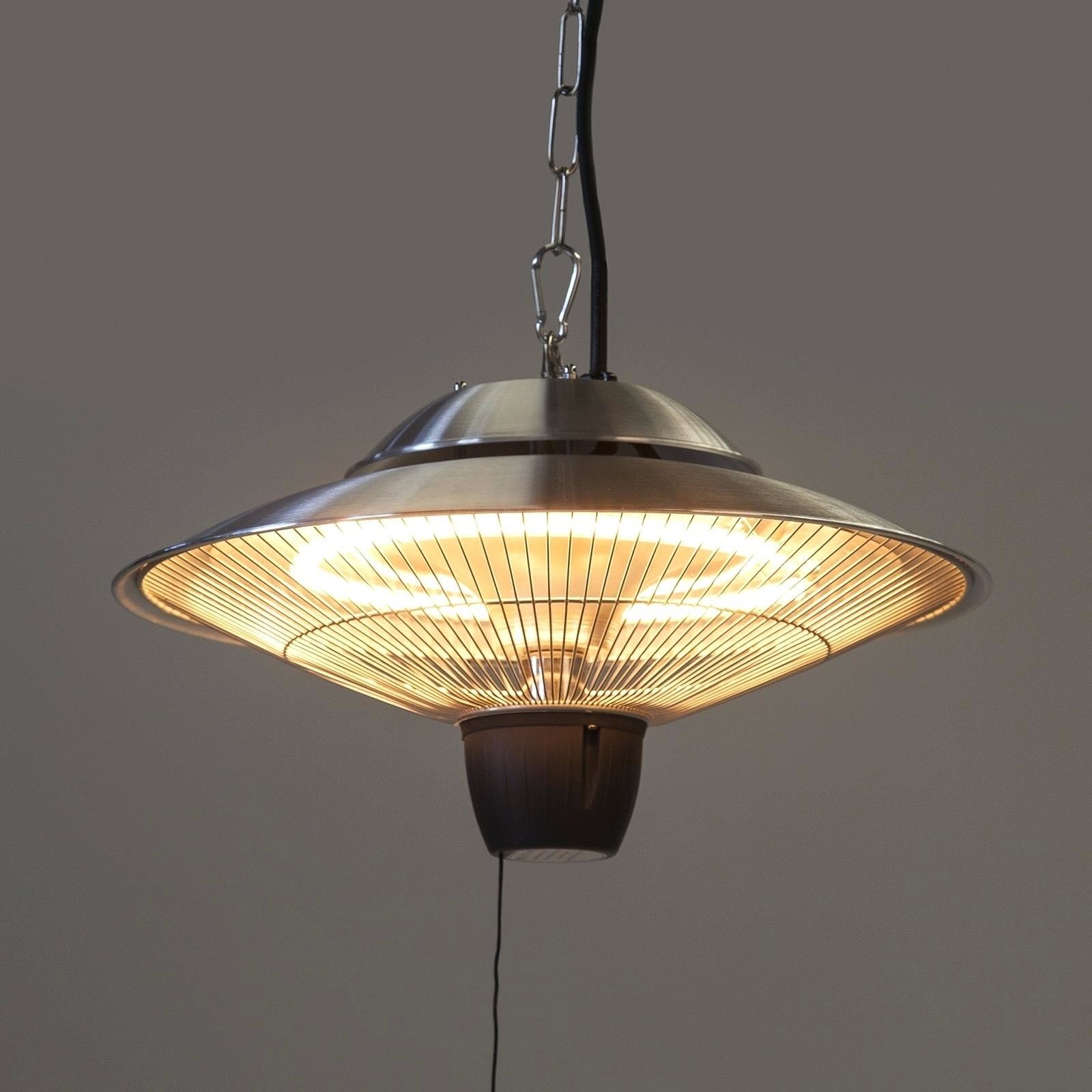

0 thoughts on “How Long Do Baby Turkeys Need A Heat Lamp”